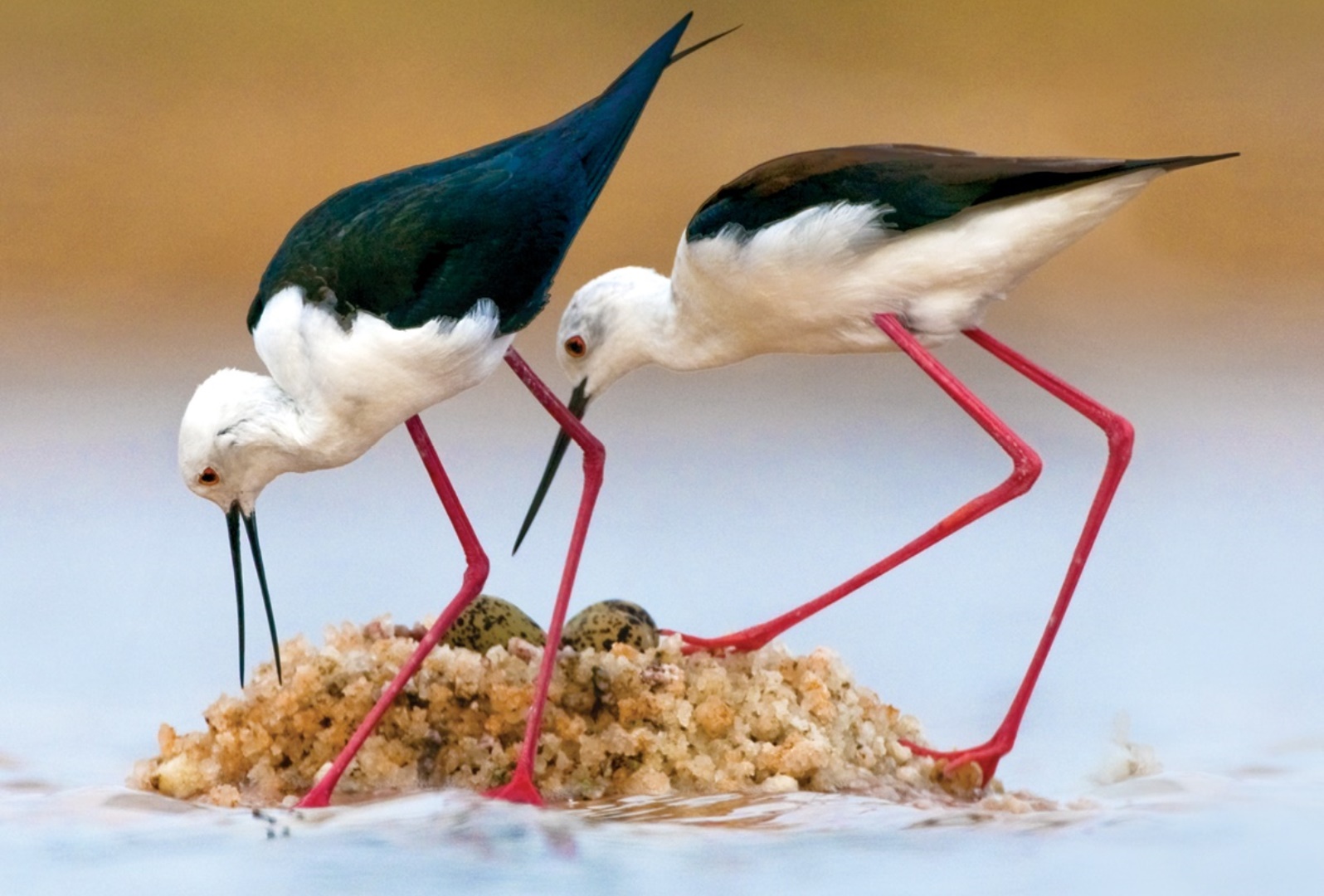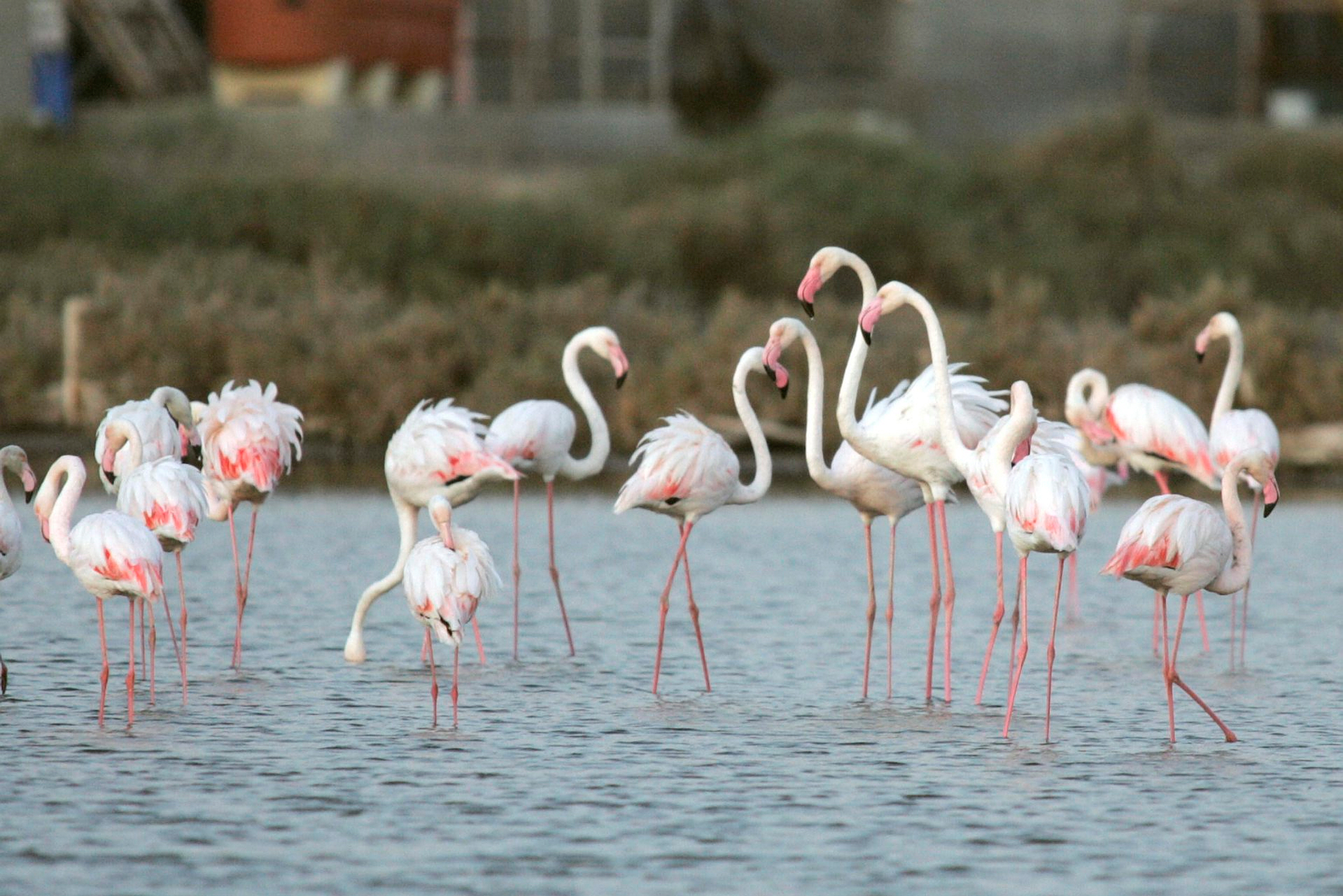Salt extraction and sustainability don’t instinctively go together. But executives at the Israeli company Salt of the Earth, which has extracted salt from the Red Sea and Mediterranean since 1922, noticed that many migratory birds were using Israel’s salt ponds as nesting areas as they pass through the region every fall and spring.
Natural predators such as jackals, foxes and dogs were threatening these birds – which can only reproduce in Israel – with extinction.
Salt of the Earth launched a program to fence off “islands” in the heart of the salt ponds to deter the predators. The protected areas also solved flooding problems that had been caused by rising water levels in the salt ponds; the flooding had taken a severe toll on the population of little terns (Sterna albifrons).
The company’s investment of more than ₪1 million ($270,000) has worked: Hundreds of endangered seagulls and little terns have been saved from annihilation, with the number of little terns more than tripling from a perilous low of just 300 pairs.

Now, Salt of the Earth has teamed with the Israel Nature and Parks Authority and the Society for the Protection of Nature in Israel to offer birdwatching tours in the area.
Here they will also see pink flamingos wading in the pools throughout the year. Flamingos were not regular visitors to these parts previously. Salt of the Earth has installed observation cameras in the nesting areas for continued research and monitoring of these and other birds.
“We have the privilege of hosting an exceptional range of waterfowl in the salt ponds, providing them with a protected and food-rich environment that enables them to live and prosper,” says Revital Ben Shachar, director of marketing for Salt of the Earth.
The new program, she adds, “introduces the public to the waterfowl and reminds us to enjoy the beauty of nature and preserve it.”
For more information, click here.
















